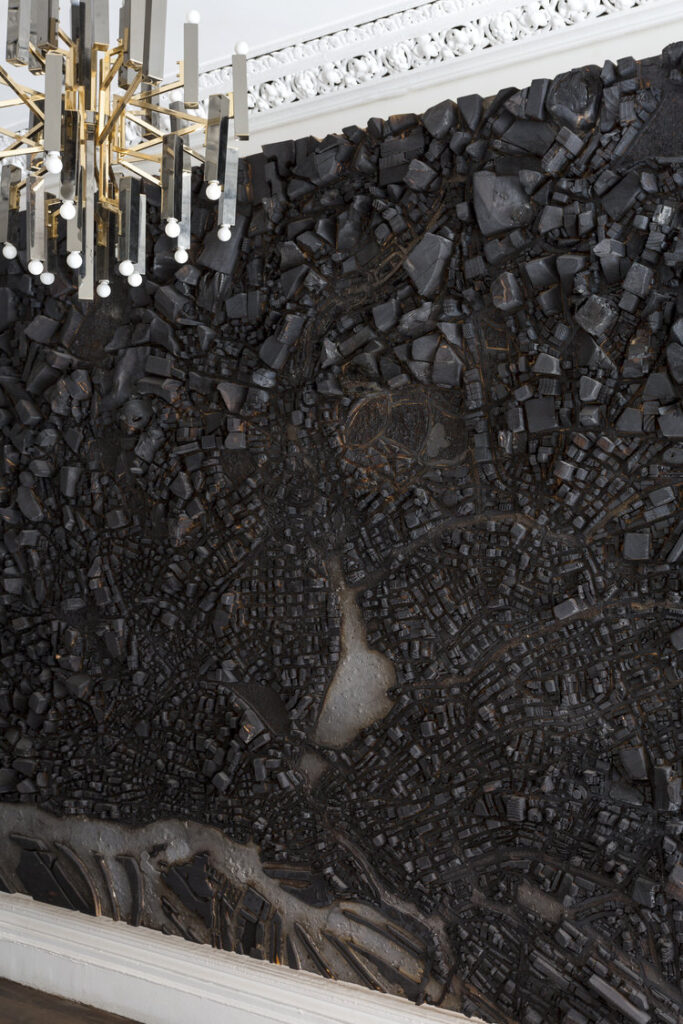
Imagine taking a close look at two of your senses and discovering how they interact with each other to create unique sensations that leave a lasting impact. This is what we are doing today by zooming into the use of light and texture in interior design specifically, leading to the creation of holistic and detailed arrangements. Instead of focusing solely on color and light, we are highlighting texture as a means of adding depth and intrigue to any room in combination with the interplay of lights and shadows. Together, both elements form an engaging setting that hypnotizes the eyes as well as our bodies.
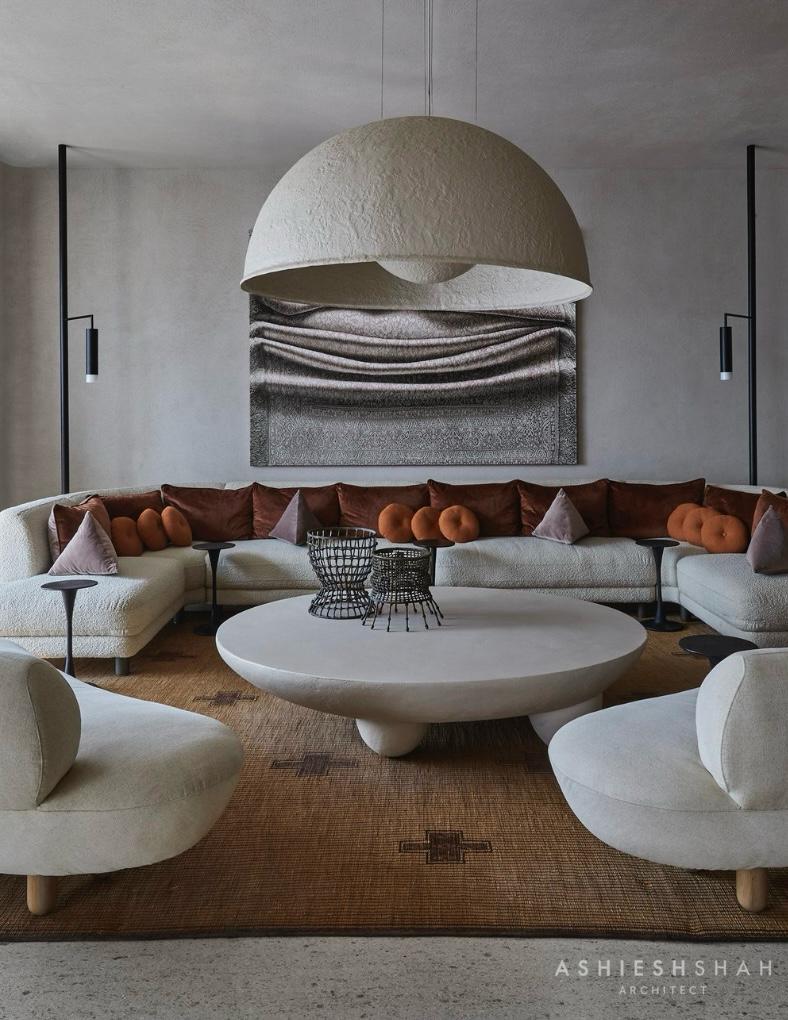
Accentuating texture and adding depth
First, let’s observe how light can accentuate different textures within a room, bringing them to focus like our prized possessions during storytelling. Whether it is the roughness of a brick wall, the velvety touch of a rug, or a sleek polished table; one can use light to track these tactile features and turn them into visual arrangements. Directional light, such as spotlights or track lighting, can create shadows that emphasize the depth in textures. Moreover, the shadows and highlights that interact with the textured surfaces will end up producing varying shades and visual shifts that also add dimension to a room.
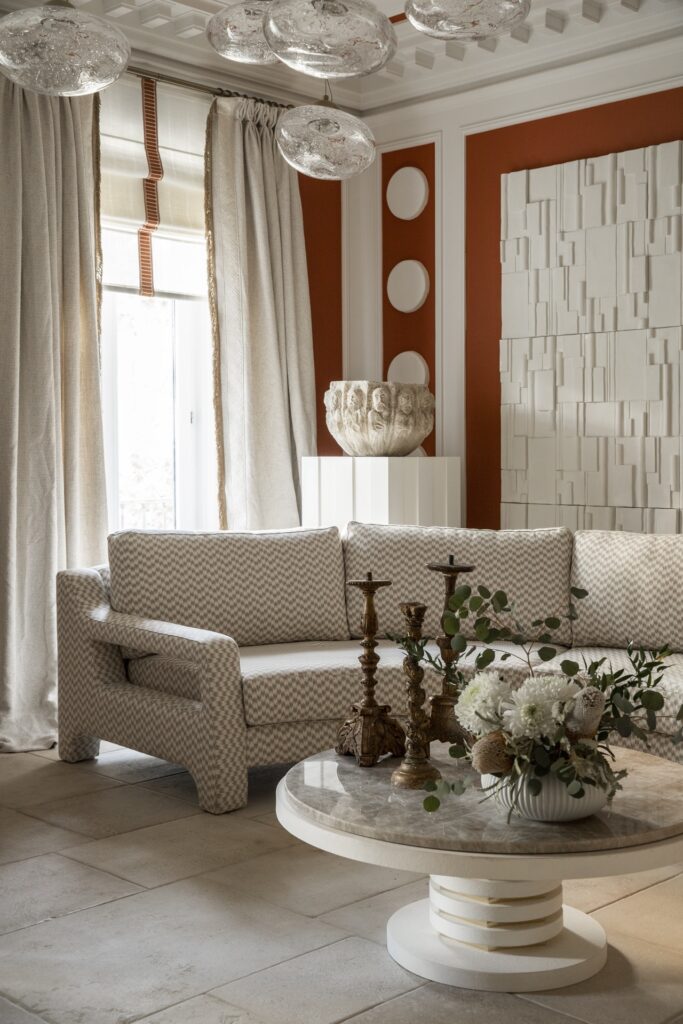
Creating ambiance
Additionally, light can go beyond the creation of intriguing shapes and movements to bring forth a specific mood and feeling to a room. To create the desired ambience, however, we cannot underestimate the role that texture also plays in its relationship with the right type of lighting. Soft, diffused light for example, makes surfaces appear smoother, while direct light emphasizes irregularities or engaging patterns. Imagine a warm light paired with plush textures like velvet or fur that transform a space into a welcoming and cozy interior. Meanwhile, a sharp, directional light might best compliment rougher textures like brick to convey a dramatic or contemporary feel.
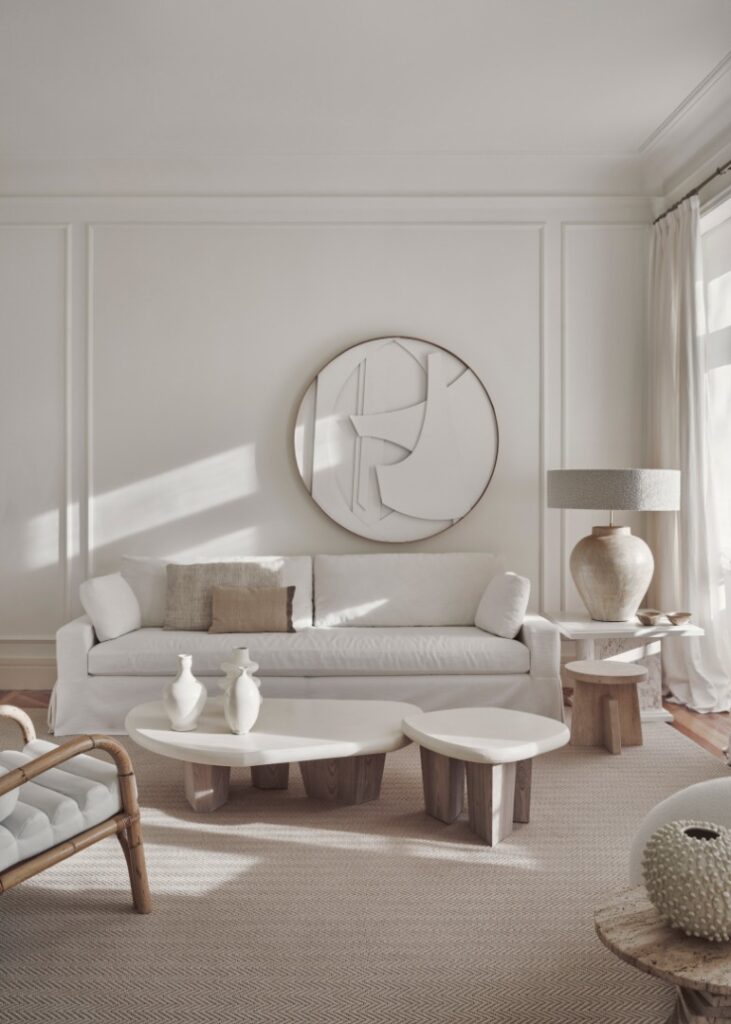
Contrasts and visual interest
Naturally, our gazes are not drawn to the ordinary sights and balanced formats that we are used to; instead they shift towards the sharp contrasts and intriguing differences that make a visible statement. Thus, contrasting textures when properly lit- such as rough against smooth or matte against glossy, add a dynamic aspect to space. The same case applies to scale and proportion. Illuminating textured surfaces creates the impression of widening an object or space or making it seem smaller or intimate depending on the shade. With the right lighting, these contrasts can even be showcased as focal points in a room; giving it the unique twist needed to create a lasting impression.
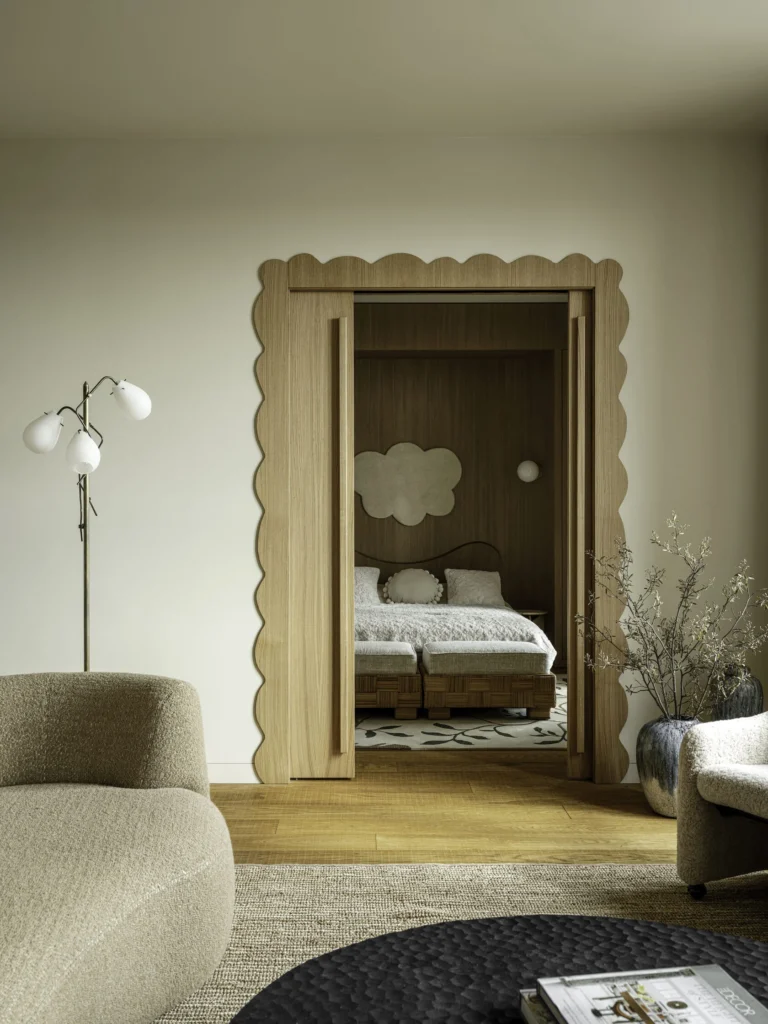
These details we have shared today are only some of the basic rules that govern the relationship between light and texture. However, why not go beyond these set practices and create unexpected interiors based on creative design approaches to these two elements? For example, some bold minds might dare to incorporate multiple light sources at different layers to highlight not only one but various textures in a room. Combined with the installation of textured accent walls made of stone or reclaimed wood, these lights can create a multitude of engaging points to entertain our eyes.
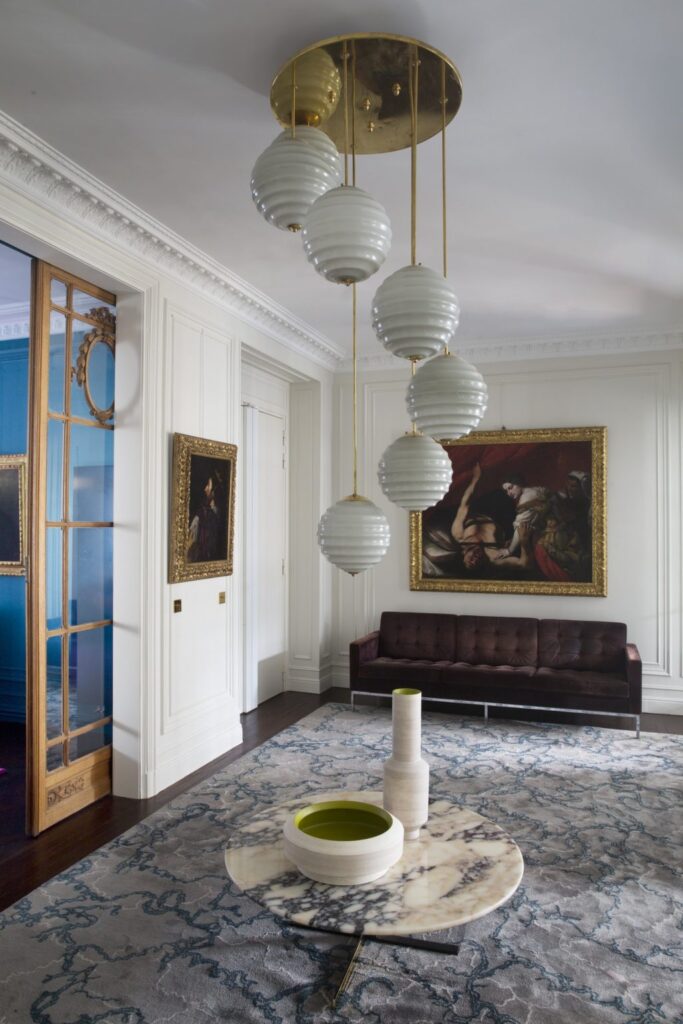
Combining light with translucent and glossy materials
Looking closely at the effect that lighting has on certain materials we can discover the particularity alluring and ethereal quality that translucent and glossy textures take in this situation. When backlit, materials like frosted glass, acrylic, or resin panels, diffuse this light to produce a soft and otherworldly glow that showcases a playful and dynamic movement. In fact, why not pair such glossy textures with contrasting ones to add visual interest? The trajectory of light will become more evident when comparing the way it is perceived differently across varying textures like that of a metallic side table and a plush, shaggy rug.

Taking texture to another level
Textures not only belong to furniture and accessories like rugs and pillows, this element can be taken beyond the floor level to encompass all our surroundings. This is why we encourage you to experiment with textured ceilings made with materials like plaster or wooden beams, and complement this feature with unique lighting fixtures that draw the eyes upwards. Imagine glancing at an unusual glass pendant light and discovering that there is a whole world of design hovering above you in the form of a tiled ceiling, patterned reliefs, or textured wood.
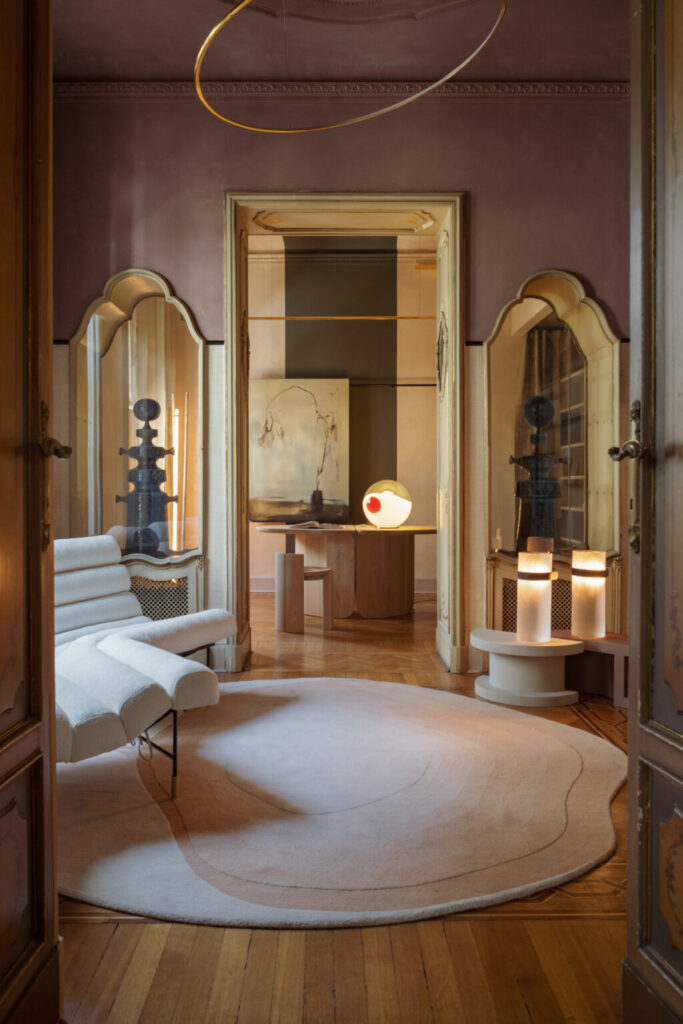
Playing with shadows
Not only is light important to highlight the intriguing irregularities in surfaces or their tactile allure, shadow also plays a key role in enhancing textures. One can turn to artistic lighting techniques using fixtures with cut-out patterns or intricate designs that cast specific and alluring patterns on walls and floors. If this approach calls for too much effort, there is always the possibility provided by natural light to interact with natural textures like raw wood or rough stone which cast their own unique and unpredictable patterns.
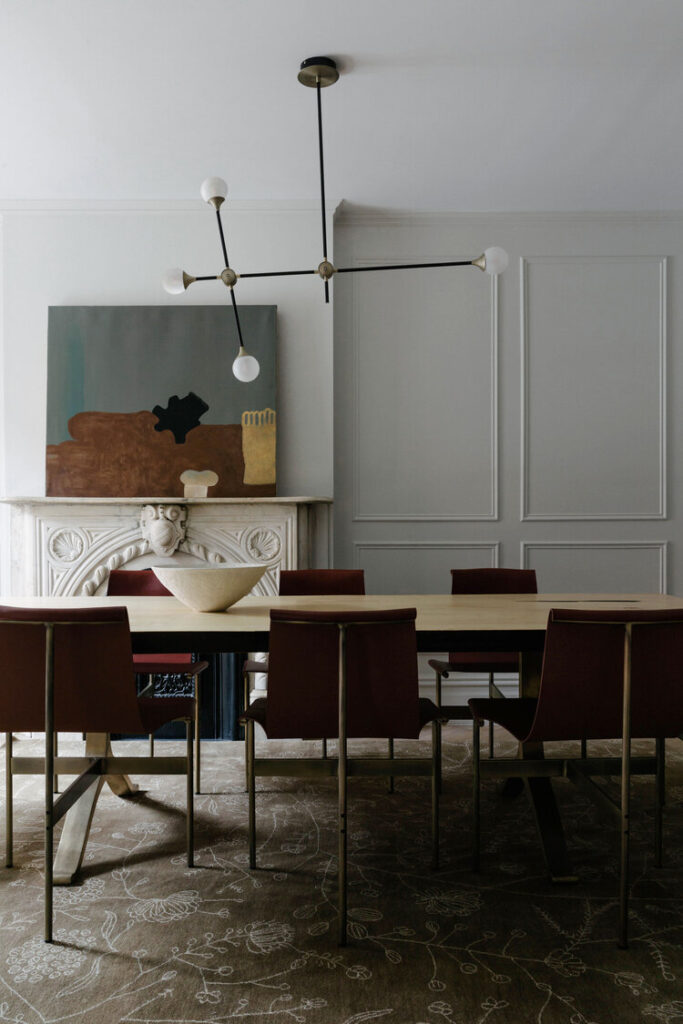
Final note
Light, shadows, and texture all influence the way we understand and perceive our surroundings. When combined in a conscious way, this can lead to the creation of particular forms of experiencing our interiors; not only as static sites but as elements of influence. The way we view a room as cozy, sleek, or welcoming is guided by subjective emotions that are easily modified by deliberate designs. This is what it means to master light and texture; to be able to shape and modify the smallest details of our interiors in a way that speaks to us from our subconscious, filtering the information through our sense of sight and touch.
